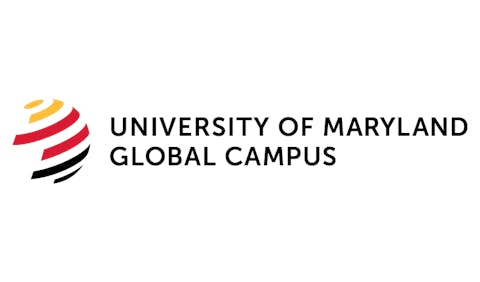A record-number of students took the SAT this year, and the increase reflects on this year’s average scores, which showed no improvement over last year and were the lowest in nearly a decade.
The number of SAT takers for 2008 rose to more than 1.5 million, posting a record number of test-takers for any given year, the College Board announced Tuesday. The test saw an 8 percent increase from five years ago and a 29.5 percent increase from 10 years ago.
This year’s class was the most diverse class on record with historic increases in the number of Hispanic, Black and Asian American students taking the test, College Board officials said. Minority students accounted for 40 percent of test-takers, and 36 percent were the first in their families to attend college. Nearly one in seven low-income students was eligible to take the test for free.
Scores on the college entrance exam fell to their lowest level since the late 1990s last year. This year’s average scores saw no improvement. In fact, they mirrored those of last year.
“In 2008, SAT scores are stable compared to last year. This is significant because when more students take a test, average scores tend to dip slightly,” says Gaston Caperton, president of the College Board.
The class of 2008 scored an average 515 out of a possible 1000 on the math section, holding steady with last year’s scores. The average score for the critical reading section was 502.
Average scores on the writing portion of the SAT experienced a three-point drop, falling from 497 to 494. Added to the entrance exam in 2006, the writing section is said to be the most predictive section of college success for students of all races, according to College Board officials.
Recent reports show that the SAT is losing market share as a college admissions test. Data released by the College Board, the exam’s owner, indicate that a declining percentage of students are taking the exam. In the high school class of 2008, 46 percent of graduating seniors had taken the SAT even once. Three years ago, the last class before a longer and more expensive version of the test was introduced, 47.5 percent of graduates had taken the SAT.
More students are taking SAT competitor, ACT. Since 2005, the number of ACT registrants has increased by 235,690, more than five times the increase in SAT registrants during that period.
According to the National Center for Fair & Open Testing, there are three reasons explaining the shift in popularity: the new SAT’s failure to address long-standing concerns about the exam’s biases and predictive value; the rapid growth of test-optional admissions; and the more consumer-friendly reputation of the ACT.
In 2005, to enhance the exam’s predictability for all students the College Board altered the verbal section, renaming it the critical reading section. Analogies were removed and replaced by questions on both short and long reading passages. The mathematics section was changed to include items from more advanced math courses, such as algebra II, and the writing sample, previously an SATII subject test, was added.
“The new SAT is a flop. It is neither fair nor more accurate than the exam it replaced. The ACT may be more friendly, but it’s just a different test, not a better one,” says Robert Schaeffer, public education director of FairTest.
The number of minority SAT takers has increased substantially over the last decade. Hispanics have expanded the most rapidly, more than doubling in number. Growth among Asian Americans and Blacks reached 61 percent and 52 percent, respectively.
Female students continue to form a majority of test-takers among all ethnic groups. Female students made up 57 percent of Hispanic and 57 percent of Black SAT takers in 2008.
Low-income students’ participation has also remained steady. These students are increasingly taking advantage of the College Board’s fee-waiver program, which granted $22 million in fee waivers and free services to qualifying students in 2008.
Click here to post and read comments
© Copyright 2005 by DiverseEducation.com



















